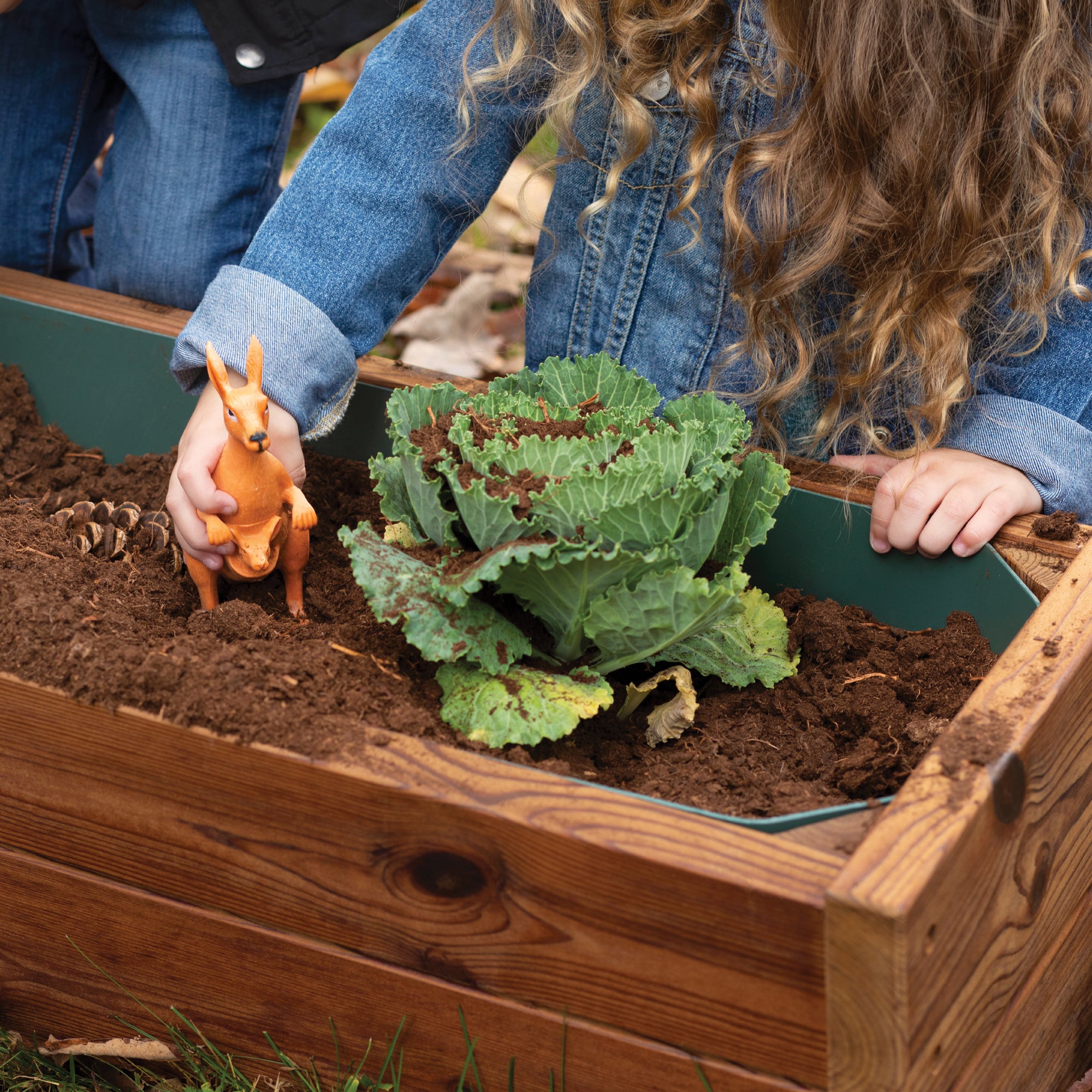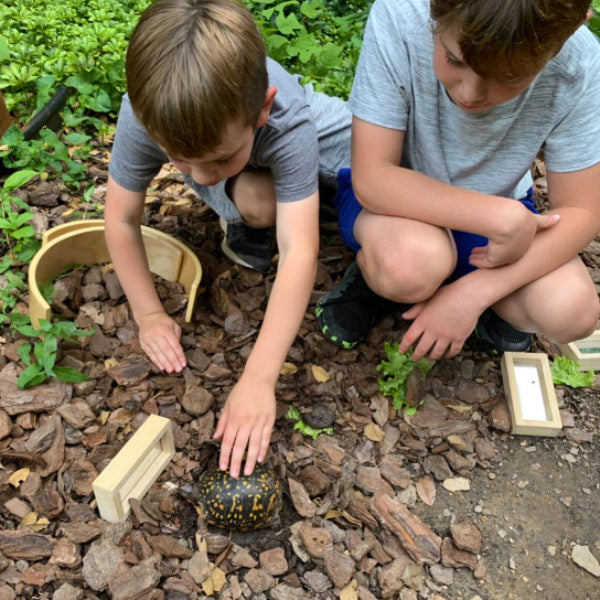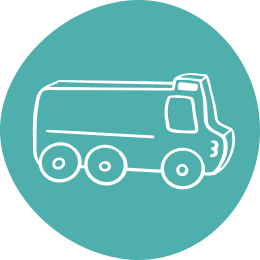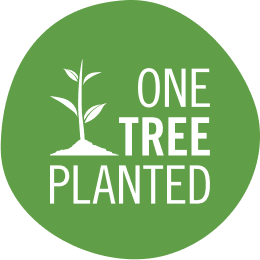Learning with Nature: Language and Literacy in Context

“But how will they learn to read and write outside?” I often hear this question from parents considering a nature-based preschool. Honestly, the answer is the same way they do inside—through play and integration of language and literacy in ways that are meaningful to the child and their play.

The fact is, not only can reading and writing be done outside, nature can be another teacher in the process. Nature can obviously be a place to practice language and literacy skills—who doesn’t love to swing in a hammock and read a book?! Nature, however, can also be a tool for language and literacy development.
Sticks and stones can be formed into letters and numbers. Sticks can also create a frame for a sort of notebook in the dirt. Not only are children practicing the actual form of letters but, wait for it… By picking up and positioning the sticks they’re also building their grasping and pinching skills—physical requisites for writing!
It is even more impactful when nature provides moments of inspiration and awe. Why? Because we inevitably want to share those moments of awe with others. One way we do this is through storytelling. “Wow! Did you see how that squirrel went so fast up the tree and then flew through the air to the other tree? That was so cool!”
Telling stories is foundational to language and literacy development—beginning, middle, end; importance of detail and emotion; cadence of language and so much more! Adventures in the world provide experiences children will want to recount with people who were there or share with those who weren’t.

Language and literacy can be infused by creating songs and poems about the adventures. Journaling is another great way to integrate writing in a way that is meaningful to the child. Children who are already writing can do this writing on their own. Emergent writers might write a bit and then dictate to the adult what else to write. In this process of writing children are seeing how words are put together in meaningful context. The children aren’t learning random words on flashcards, but rather words relevant to their lives.
Yet another way for nature to inspire language and literacy development is through the connection with informational texts (i.e., non-fiction). When children experience the natural world, they will inevitably be curious about what they’re seeing. What’s that bird called? Where’s that bird’s butt? (That’s a direct quote from a 4 year-old.) These questions are prime opportunities to explore informational texts in a meaningful way. In this case you might have children use a field guide or bird book to see images of birds, the names, the descriptions of behavior, the maps of where the birds typically live, and so forth. Now rather than simply reading any ol’ informational text they’re reading one with purpose—the child has a reason to want to read.

All of this to say children can easily learn to read and write outside if we, the adults, take advantage of the opportunities. We can casually point out a letter shape we see in the tree bark, use natural materials for forming letters and words, facilitate documenting observations and experiences, use informational texts to extend learning, and so much more. After all, learning with nature simply means taking advantage of the outdoor classroom already rich with opportunity.












